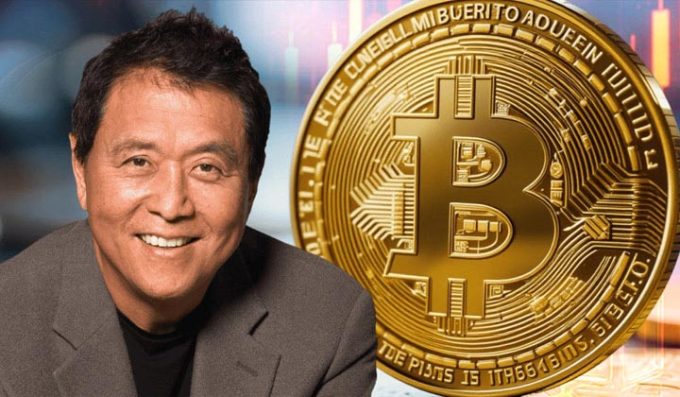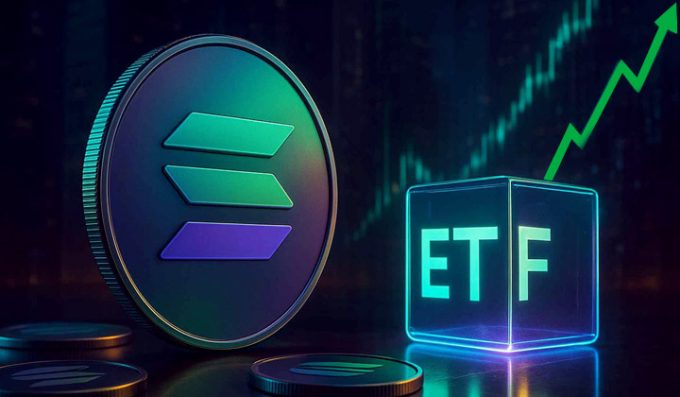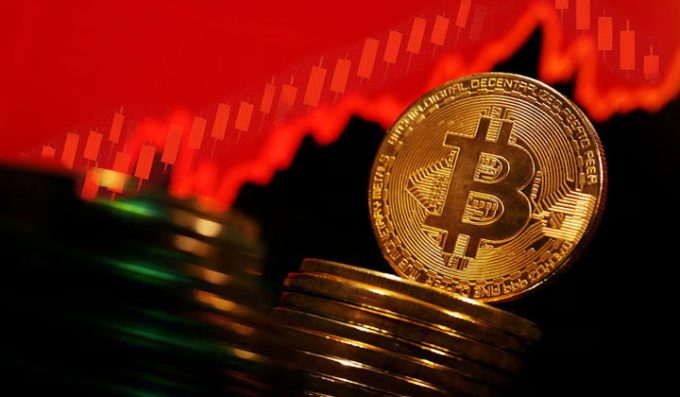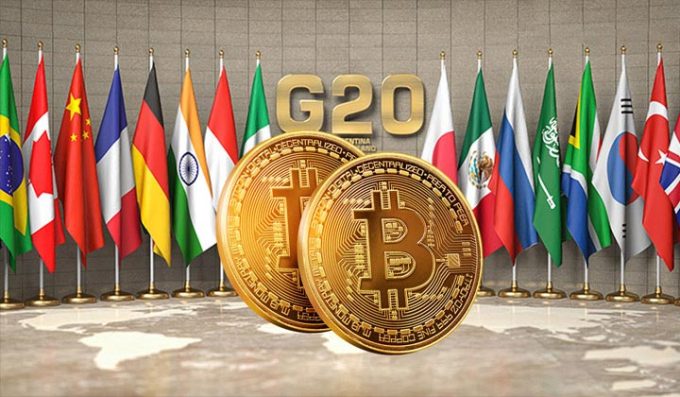Web3 Diaries- Binance, SEC reach agreement
Binance and the US Securities and Exchange Commission reached an agreement to avoid a full asset freeze of the platform in the US and keep customer assets in the United States, after a US district judge signed off on a consent order filed Saturday.
The agreement was reached amid a wide-ranging, ongoing lawsuit filed by the SEC, which could take months if not years to resolve, accusing the company of running an illegal securities exchange.
The defendants, which include CEO Changpeng Zhao, agreed to repatriate assets held for the benefit of US customers. The agreement makes sure those assets are protected and remain in the United States to prevent them from moving offshore, according to the consent order.
“Through 13 charges, we allege that Zhao and Binance entities engaged in an extensive web of deception, conflicts of interest, lack of disclosure, and calculated evasion of the law,” said SEC Chair Gary Gensler in a statement about the lawsuit in June.
Binance Holdings officials, including Zhao, also will not be able to have control over these assets, the agreement said. The assets and funds explicitly cannot be transferred to them, the agreement ordered, and will stay in domestic control.
The order also bans the defendants from spending the corporate assets on anything than “in the ordinary course of business,” and they must give the regulatory agency oversight over the expenses, SEC said Saturday.
The SEC on Saturday said it secured the emergency relief to protect US customer assets.
The commission is cracking down on the world’s biggest crypto enterprises, filing a scathing complaint against Coinbase in early June as well. The industry has long been scrutinized for a lack of regulatory oversight.
The SEC asked a federal court to issue a temporary restraining order to freeze the US assets of Binance in early June, Reuters reported.
Coinbase Blasts SEC For ‘No Straight Answers’ Following Court Order
Coinbase has slammed the United States securities regulator for failing to answer questions asked in the U.S. Court of Appeals as part of its ongoing legal battle with the regulator.
In a June 17 letter filed in the Court, lawyers for the crypto exchange accosted the Securities Exchange Commission (SEC) for continuing to offer “no straight answers” to the Court in relation to Coinbase’s rulemaking petition, which calls on the SEC to establish a regulatory framework for digital assets.
“When ordered by this Court to address the stark inconsistency between its litigating position and its actions and statements elsewhere, the SEC still offers no straight answers and instead repeats its talking points,” Coinbase’s letter said.
The letter was in response to the SEC’s June 13 submission requesting an additional 120 days to reply to Coinbase’s rulemaking petition.
Coinbase claimed the SEC is reluctant to inform the Court of updates on its decision saying it “bristles even at being ordered to update the Court on its progress.”
The firm claimed the impact of the SEC’s silence, the lengthy delays and its enforcement actions continue to weigh on the crypto industry and SEC chair Gary Gensler “continues to charge well down the path to irreparably damaging a U.S. public company and an entire industry.”
On June 17, Coinbase’s chief legal officer Paul Grewal said in a series of tweets that it’s “unusual for the government to defy a direct question from a federal court.”
Grewal said he’s hoping for the Court to grant a writ of Mandamus — a court order to a government official ordering them to fulfill their official duties under the law — given the SEC knocked back Coinbase’s petition.
Coinbase is also submitting that the Court instead set a deadline of 60 days or less starting from June 13 — the date of the SEC’s request.
‘USDC’ the Most Liquid Stablecoin Protocol
USD Coin (USDC) has dethroned USDT as the most liquid stablecoin on centralized exchanges, as per the analysis by crypto market data provider Kaiko. USDC has emerged as the most liquid stablecoin on centralized exchanges (CEXs), with approximately $38 million bids preventing a .1% price deviation of the asset.
USDC’s liquidity is followed by that of Tether (USDT), Binance USD (BUSD), True USD (TUSD), and Dai (DAI). The data compiled by Kaiko includes the .1% bid-side depth across all markets that use USDC as a base asset.
Kaiko noted that while stablecoin issuers like Circle and Tether ensure their tokens maintain their parity, de-pegging could still occur on spot markets. This has made stablecoin spot markets essential for price discovery.
The latest development is significant for USDC, as USDT has always been in the lead. At the start of the year, USDC and DAI had very little usage on CEXs. They were mostly traded within the decentralized finance (DeFi) ecosystem, according to Kaiko.
Toward the end of Q1 2023, a potential U.S. banking crisis caused USDC to lose its dollar parity and fall 13% to levels below $0.88. However, the stablecoin has stabilized and is striving to remain in the $1 price range, per data from CoinMarketCap.
USDC’s dominance on CEXs can be attributed to crypto exchange Coinbase raising the rewards with the asset to 4%.
You need to login in order to Like













